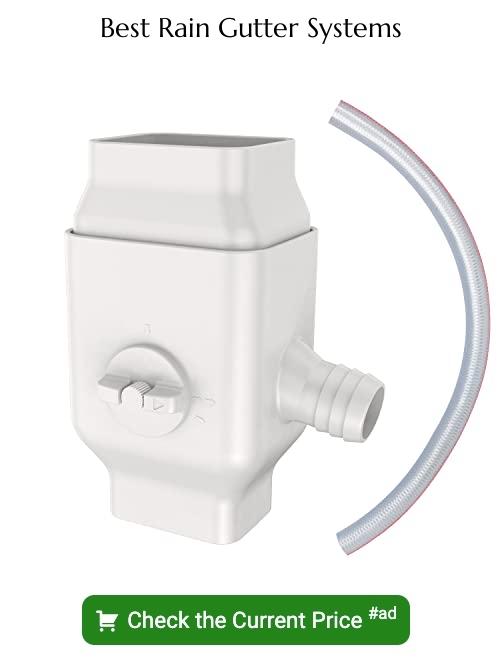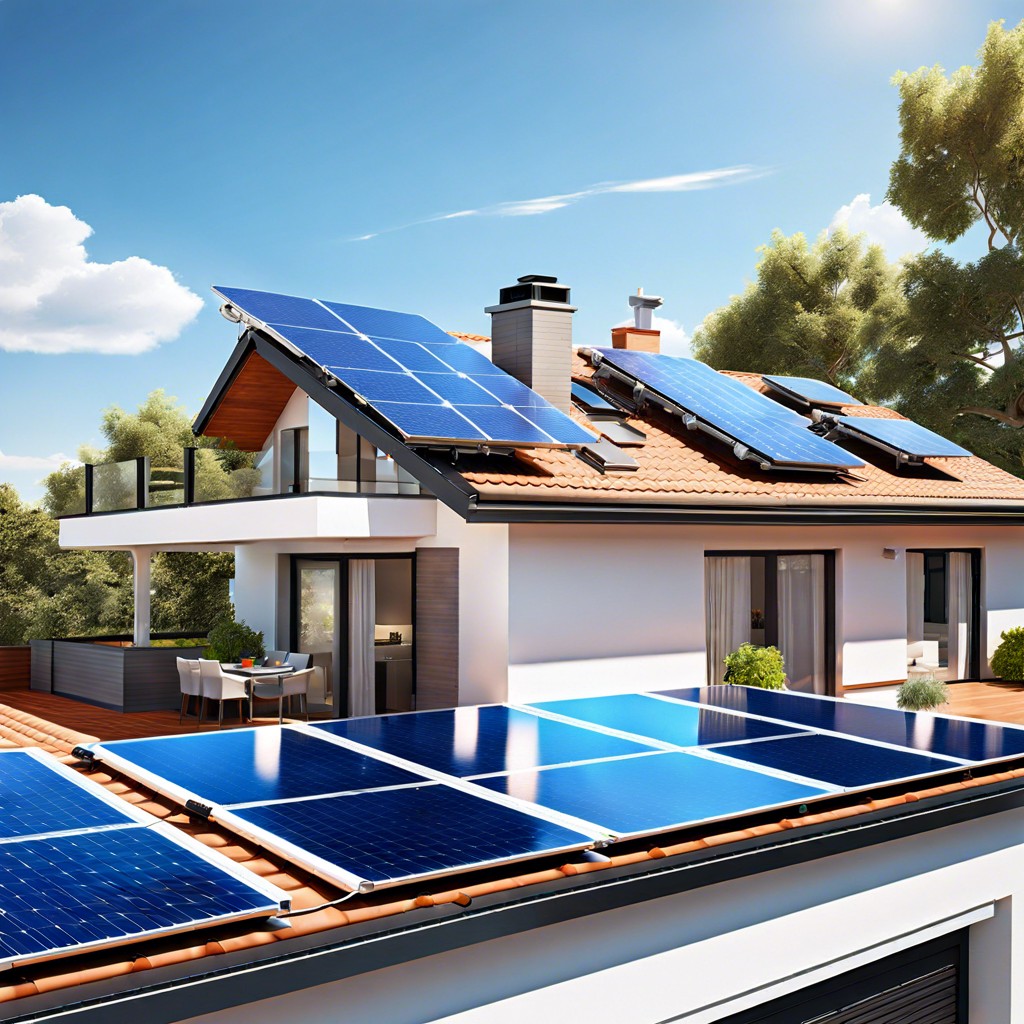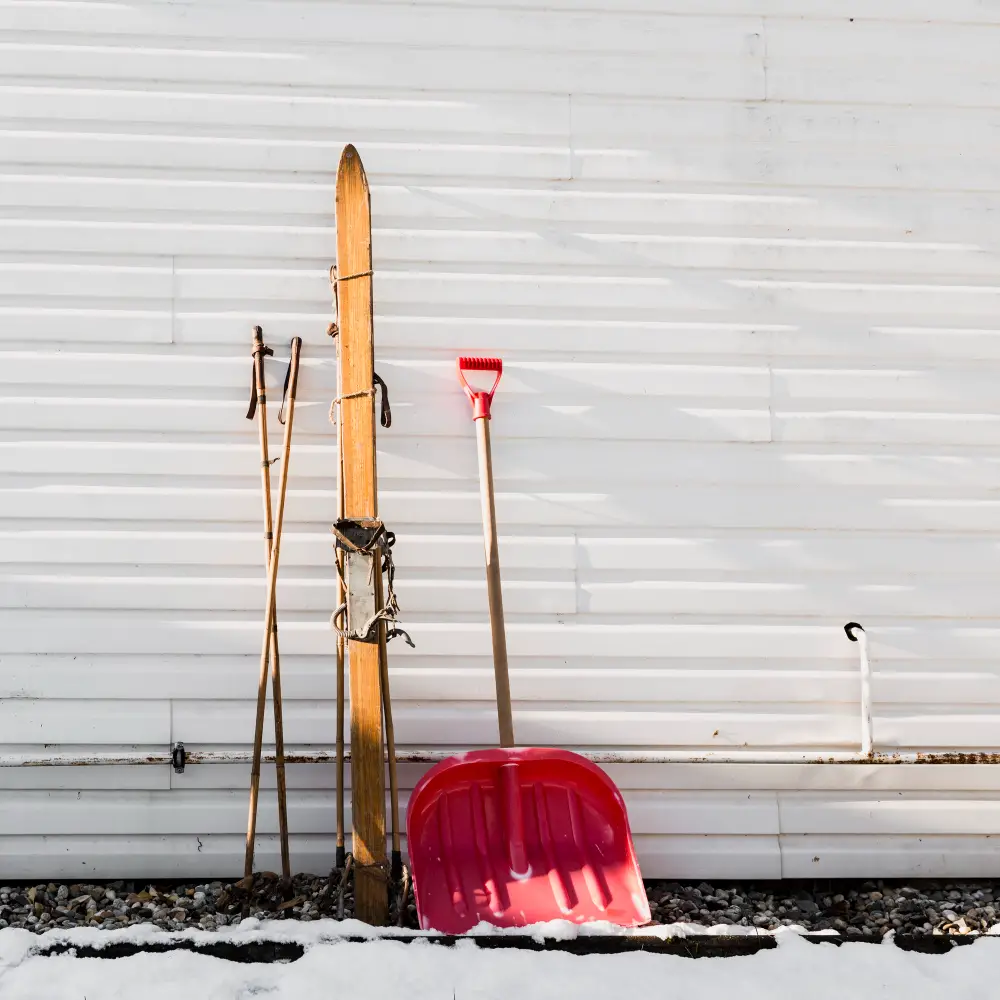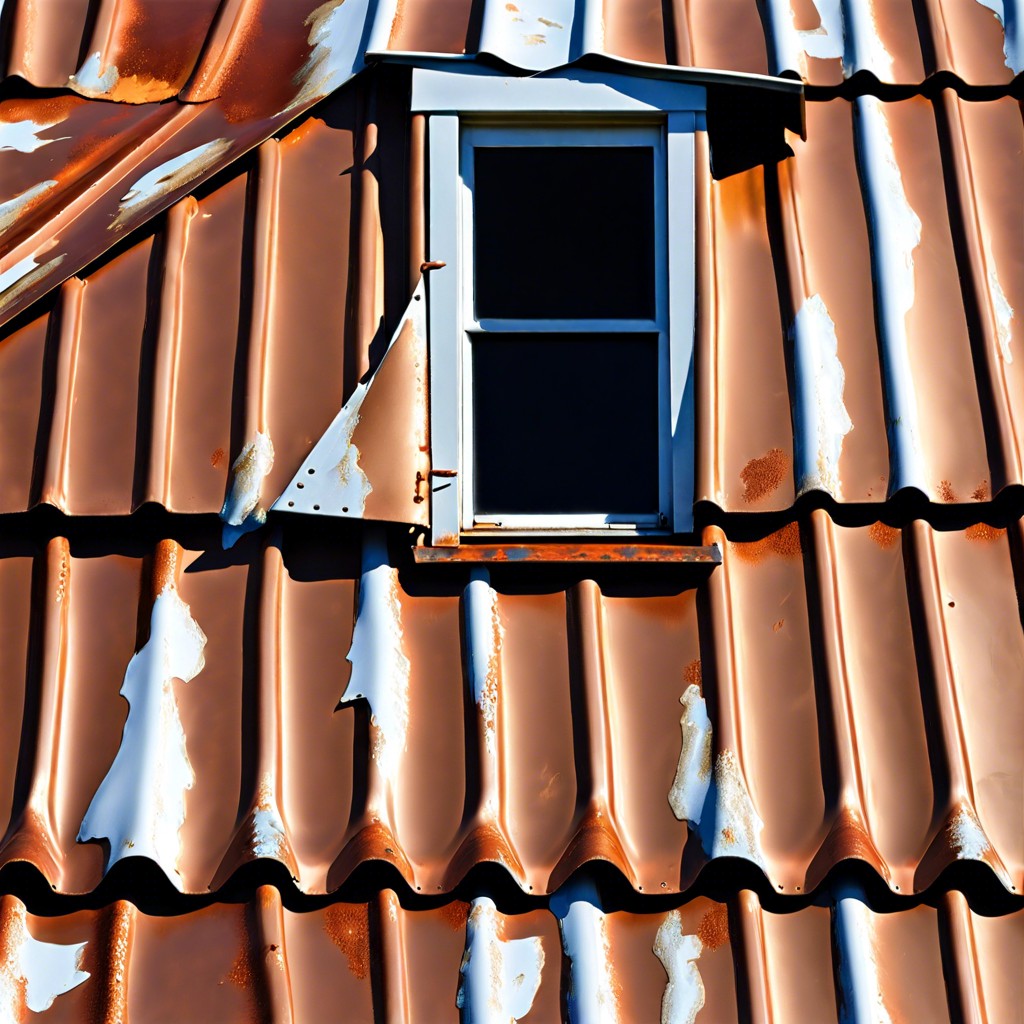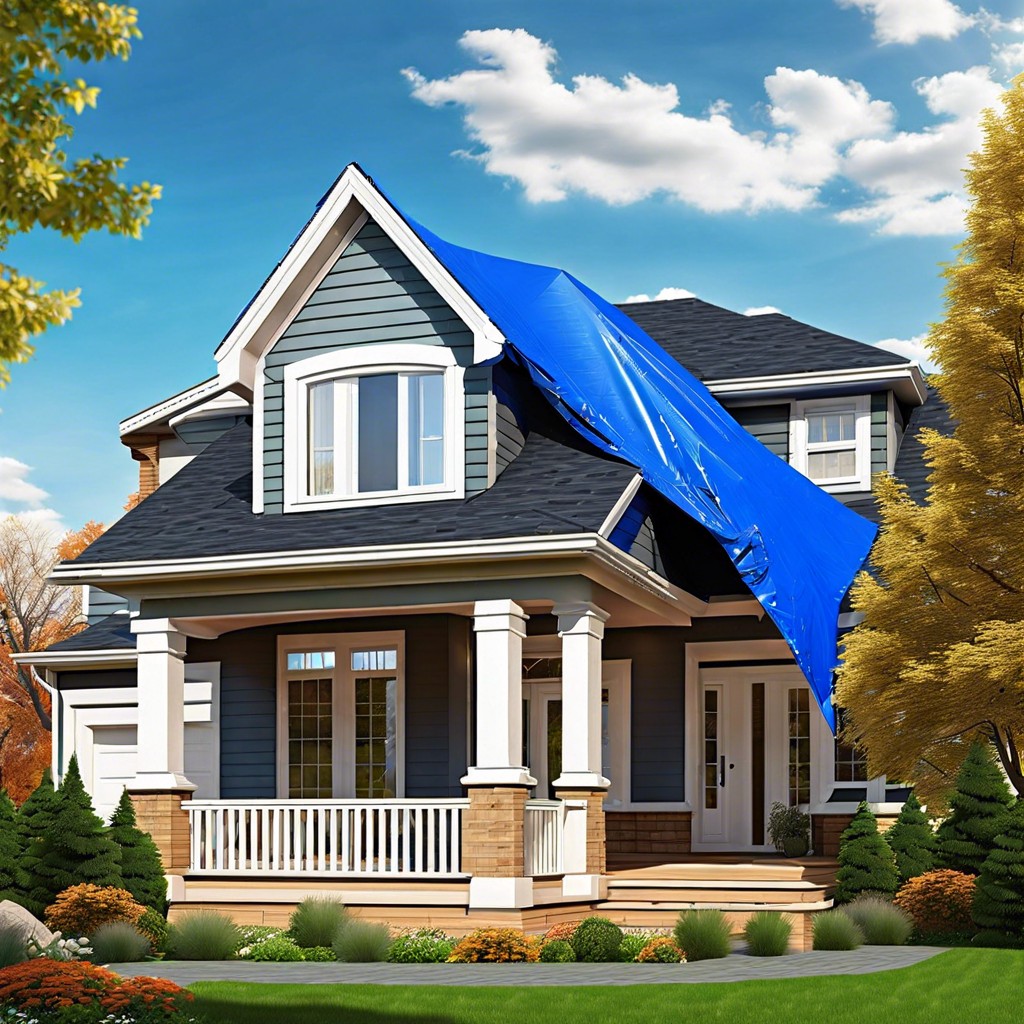Last updated on
Discover how eaves function to protect and enhance your home’s exterior while contributing to its architectural style.
Key takeaways:
- Eaves protect your home from water damage and provide shade.
- Eaves have a long history of protecting buildings and adding aesthetic charm.
- There are various types of eaves to choose from, depending on your preference and climate.
- Eaves, fascia, and soffit each have their own role in protecting your home’s exterior.
- Regular maintenance and inspection of eaves is crucial to prevent damage and prolong their lifespan.
What Are Eaves?
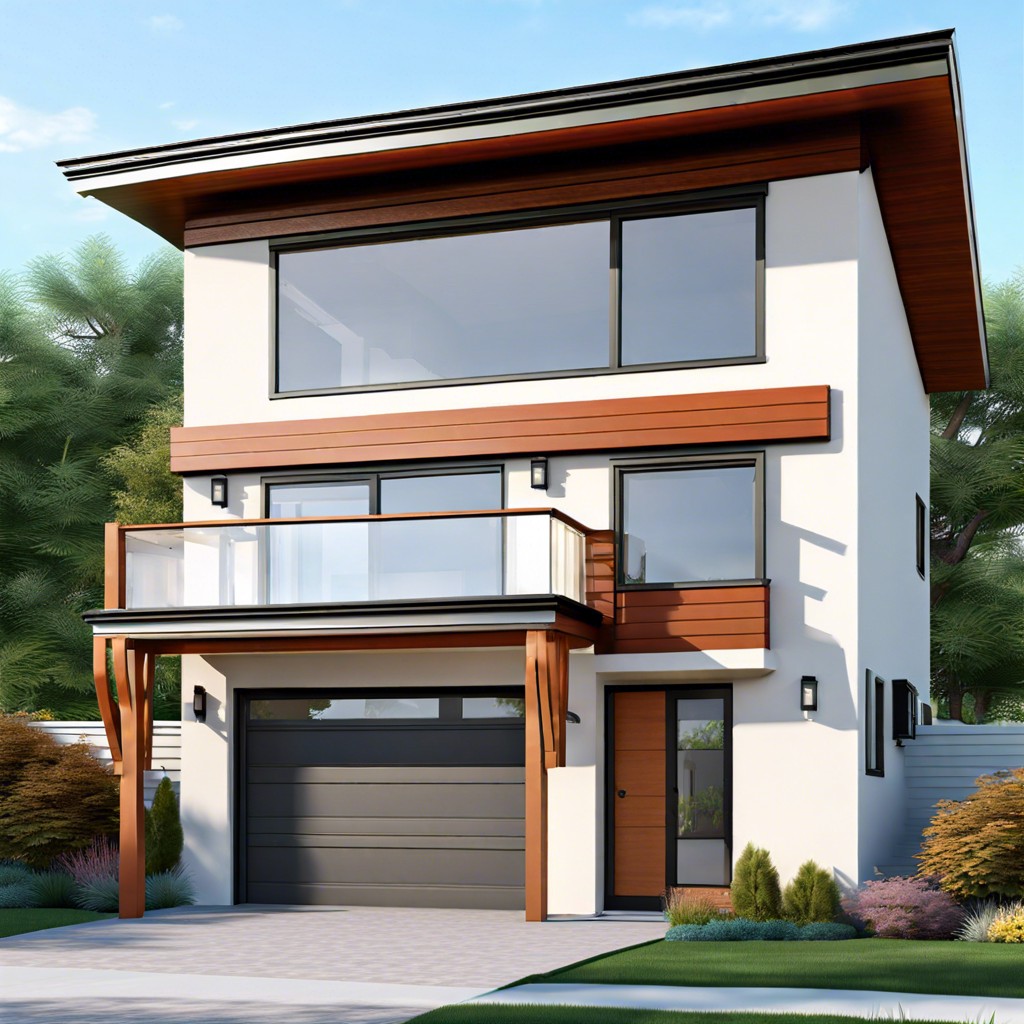
Picture the classic image of a house with its roof overhanging the walls and you’re visualizing eaves. These are the edges of the roof that extend beyond the face of the house, creating an overhang. They serve a handful of critical functions. First off, they’re the front line defense against Mother Nature, directing rainwater away from the walls and windows to mitigate water damage. Eaves also provide shade, cooling the house by limiting direct sunlight on the walls and windows. Plus, they’re not just functional; they add a touch of aesthetic charm to your home’s exterior, giving it a finished look. Some houses sport wide eaves, others keep them trim and tight, but all use them to strike a balance between protection, comfort, and style.
History and Purpose of Eaves
Eaves have been a cardinal feature in architectural design for centuries, tracing back to various ancient civilizations. They served a dual purpose of protecting the building’s walls from water damage and providing shade for occupants. Builders of yore understood that the overhanging edge of a roof could act like an umbrella for the rest of the structure.
In hot climates, eaves made buildings livable before the advent of air conditioning. Their shadows offered a cool refuge from the midday sun. Meanwhile, snow-laden regions benefited from eaves as well, since they minimized the formation of ice dams by allowing snow to drop off before melting against the warmer walls.
Today, they continue that legacy of protection and climate control while also contributing to a home’s aesthetic charm. Constructed in various styles, eaves can complement the architectural language of a building, marrying form and function in one fell swoop. Simply put, the right eave design can save you from a rainy-day blues scenario or turn your home into a cool haven when the sun beats down.
Types of Eaves
When choosing eaves for your home, several varieties await your perusal. Box eaves are the most common, neatly enclosed with soffits for a finished look. Exposed eaves, on the other hand, leave rafters visible for a rustic charm. Wide eaves stretch out to offer generous shade and rain protection, while narrow ones provide a subtler architectural accent.
Additionally, some homes sport eaves with decorative brackets or intricate moldings, contributing to an ornate façade. For those with energy efficiency in mind, vented eaves improve attic ventilation, reducing heat buildup.
Your choice will likely hinge on aesthetic preference, the climate you live in, and your home’s existing architecture. Each type holds its own flair and functional benefits, ensuring you can find an option that harmonizes with your home’s style and needs.
Eaves Vs. Fascia and Soffit
Confusing eaves with fascia and soffit is like mixing up the actors in a play — they all share the stage but play different roles. Eaves extend beyond the walls, giving rain a place to drip away from the siding. Fancy eaves with decorative brackets or exposed rafters can turn heads, adding a dash of charm to a home’s profile.
Now, sneak a peek under the eaves and you’ll find the soffit. It’s the bridge between the roof’s edge and the side of your house. Think of it as the ceiling of the eaves, often peppered with vents for a breath of fresh air in the attic.
As for the fascia, it’s the straight board running along the roof’s edge, acting like a trim that closes the gap between the roof and eaves. Gutters typically hang from the fascia, making it the unsung hero keeping rain from crashing the party inside your walls.
Each has its job cut out, and understanding these subtle distinctions can save you a headache when repair or renovation times roll around.
Maintenance and Considerations for Eaves
Regular inspection is a homeowner’s first line of defense. Twice a year, take a gander at your eaves for signs of damage like peeling paint or rot. Ignoring these telltale signs might lead to larger headaches like water damage or pest invasions.
Cleaning your gutters isn’t exactly the highlight of any weekend, but it’s vital for eaves maintenance. Clogged gutters can spell disaster for eaves by causing water to back up and potentially seep into your roof or walls.
Nip potential troubles in the bud by trimming back trees. Overhanging branches can scratch and damage the eaves, not to mention clutter your gutters with leaves.
Look out for uninvited guests. Birds and insects sometimes find eaves cozy. If you spot nest-building or signs of infestation, deal with the critters pronto to avoid damage.
Don’t skimp on paint and treatments designed for eaves. These can extend their life by protecting against the elements. Remember, quality over quantity holds true for eaves care!
Stay vigilant, and your eaves will thank you. They might not throw a party in your honor, but they’ll definitely stand strong against Mother Nature’s curveballs.
